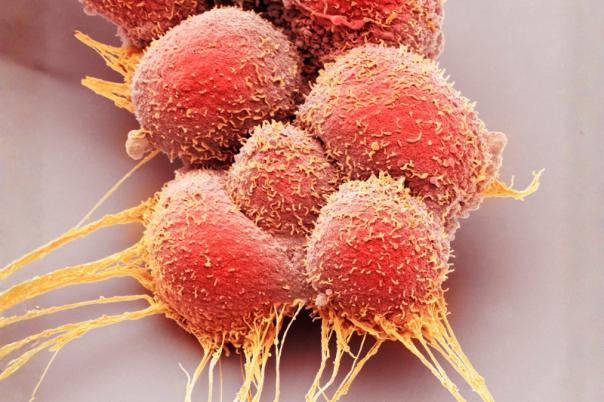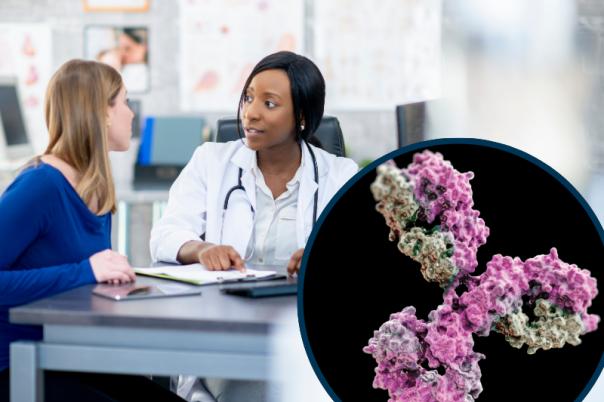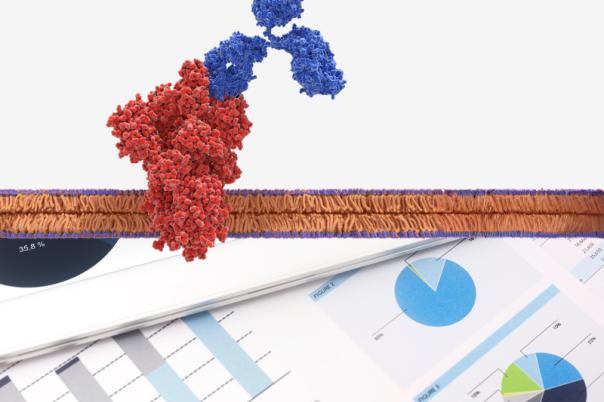Owen Vickery, Associate Principal Scientist at AstraZeneca, discussed the need for enhancing the lead optimisation stage in drug discovery. Vickery explained that there is typically a trade-off between affinity, manufacturability, and stability. He explored how we can them and proposed the question: “Do we want absolute precision in affinity changes, or can we just rank and correlate?”
Depending on the modality, there are certain limitations. For example, biologics face stability challenges, VHHs and FVs encounter humanisation and immunogenicity issues, and phage display is associated with sequence liabilities. Vickers introduced several methods for predicting affinities, including free energy perturbation (FEP), Rosetta, and MM/GPSA.
Each method presents its own set of strengths and weaknesses: Schrodinger’s FEP+ is long but accurate, MM/GBSA is quick to set up but inaccurate, Rosetta is CPU only but has broad capabilities. Internal benchmarking at AstraZeneca showed that non-equilibrium FEP and Rosetta were the most accurate methods for affinity prediction. At the same time, quick methodologies like MM/GBSA were less accurate but useful for screening.
The lead optimisation workflow involved triaging mutations through liability screening, stability calculations, and affinity scans. The process reduced 800 mutations to around 45 – 80 clones per complex. Vickers added that it takes around 3 months to conduct a single in-silico scan. Furthermore, for multiple point mutations, the computational costs increase, and accuracy levels decrease.
Vickers then explained that they trained a machine learning model on their in-silico results. Two internal data sets were used: a spatial data set with up to eight mutations and a synergistic data set with triple point mutations. Encoding methods had minimal effect on machine learning results for spatially diverse data set. However, direct calculations of multi-point mutations displayed mixed results. Rosetta performed well on the synergistic data set.
In summary, the main objective is to transition from a multi-cycle optimization process to a single-cycle workflow that reduces the time needed for antibody engineering. Integrating advanced machine learning with traditional simulation techniques aims to streamline biologics optimisation and enhance the precision of affinity predictions.





